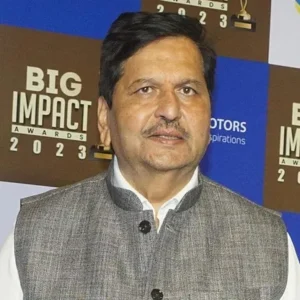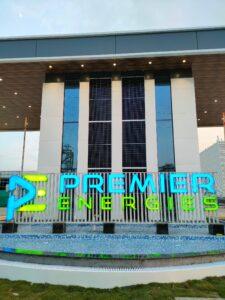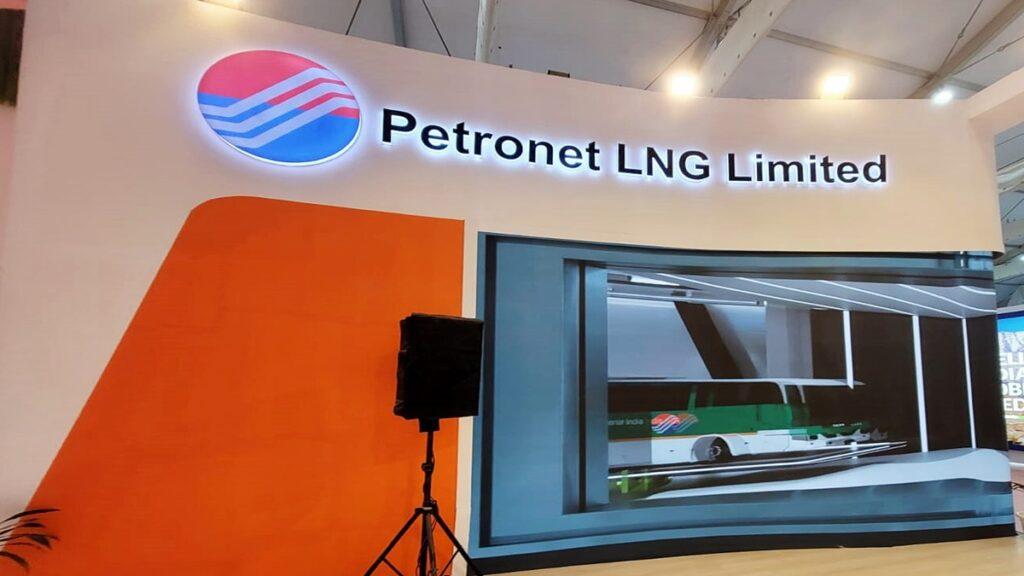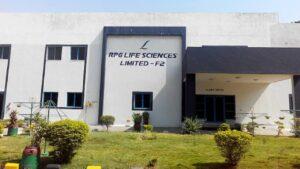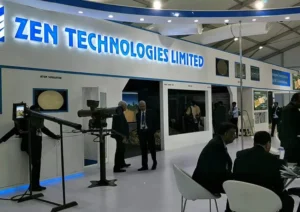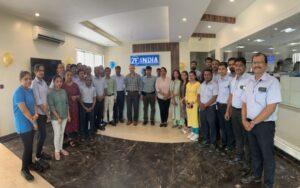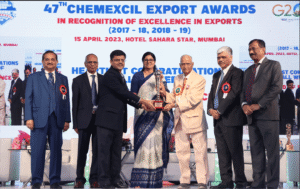1. At a Glance (50 words)
Petronet just did a strategic somersault—ditching its 4 MMTPA floating LNG terminal plan and going full-throttle on a 5 MMTPA land-based terminal at Gopalpur, Odisha. Price tag? A cool ₹6,354.80 Cr. This East Coast debut is Petronet’s version of saying, “We’re done floating. Let’s get serious.”
2. Why This Matters – The Floating-to-Fixed Analogy
Imagine you were planning to live in a swanky rented houseboat. But then, halfway through the dream, you say, “Screw it, I’m buying a beachside mansion instead.” That’s what Petronet LNG just did.
The original plan was a 4 MMTPA FSRU (Floating Storage and Regasification Unit)—cost-efficient, flexible, and fast. But no—now they want a 5 MMTPA land-based terminal, bigger, sturdier, and obviously pricier. The new investment approval? ₹4,048.80 Cr incremental cost, taking the full buffet to ₹6,354.80 Cr.
Because floating is fun, but fixed means business.
3. Deep Dive – What’s the Deal?
Here’s the breakdown of this coastal commitment:
| Item | Details |
|---|---|
| Project Name | Gopalpur LNG Terminal (Greenfield) |
| Location | Gopalpur Port, Ganjam, Odisha (East Coast debut) |
| Type | Land-based LNG terminal (upgraded from earlier FSRU plan) |
| Capacity | 5 MMTPA |
| Earlier Plan | 4 MMTPA Floating (FSRU) |
| Revised Plan | 5 MMTPA Land-based |
| Project Cost | ₹6,354.80 Cr (including taxes & duties) |
| Incremental Cost | ₹4,048.80 Cr |
| Timeline | ~3 years to go live |
| Funding Mode | Debt + Equity cocktail |
| Board Approval Date | 25 July 2025 |
| Capacity Utilization | Not applicable (it’s still under construction, boss) |
This isn’t just a project upgrade—it’s a full philosophical shift.
4. Strategic Impact – Why It’s a Big Deal
- East Coast Entry: This is Petronet’s first LNG terminal on the east coast. All previous major ops were hugging the western shoreline.
- Capacity Flex-up: Upgrading from 4 to 5 MMTPA? That’s a 25% bump. Petronet doesn’t just want market share—they want volume domination.
- Grounded Assets = Stability: Land-based terminals may cost more upfront, but they offer long-term scalability, higher operational life, and investor confidence.
- ESG Storyline: Cleaner energy access on the East Coast = bonus points in every ESG investor’s pitch deck.
This move positions Petronet to become a pan-India LNG gateway—no longer just the “Dahej-Kochi” company.
5. Risks & What to Watch
Not all pipelines lead to paradise:
- Project Execution Risk: Building a ₹6,354 Cr asset in 3 years is like saying you’ll build a mansion, install solar, and still come in under budget.
- Regulatory Bottlenecks: Land-based = more local clearances. Welcome to red-tape roulette.
- Cost Overruns: Ever seen a large infra project stay within budget? Exactly.
- Demand-side Uncertainty: Will the demand catch up to 5 MMTPA? Especially as renewables eat into long-term fossil gas growth?
- FSRU Sunk Cost: What happened to the earlier FSRU planning and contracts? Hopefully, someone canceled the Amazon order.
6. Edu Take™ – Final POV
Petronet’s Gopalpur pivot is a serious commitment. Think of it as moving from a Tinder date (FSRU) to a 25-year arranged marriage (land-based terminal).
Yes, it’s expensive.
Yes, it’s bold.
Yes, it’s risky.
But also—yes, it’s future-defining.
“If Dahej was the crown jewel, Gopalpur is the East Coast sword. Sharp, shiny, but you better wield it right.”
Written by EduInvesting Team | 25 July 2025
Tags: Petronet LNG, Gopalpur LNG Terminal, ₹6,354 Cr Project, Land-Based LNG, SEBI Regulation 30, Edu Style Article, EduInvesting Premium

